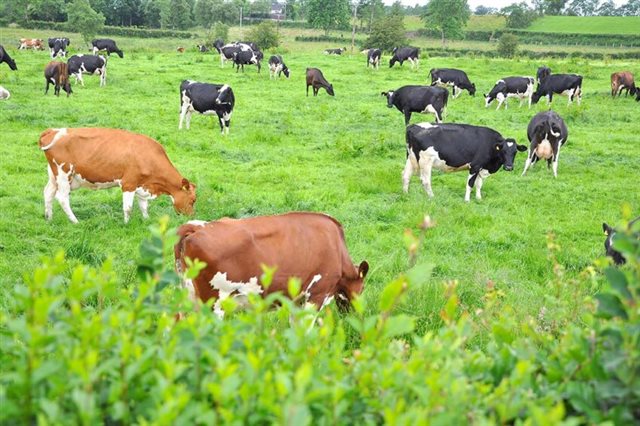As cows are turned out to spring grazing, careful management is key to maintaining milk quality while reducing feed costs. Fresh spring grass is highly digestible but low in fibre and variable in dry matter, which can challenge rumen function and milk production.

Top Tips for Managing Milk Quality at Turnout:
-
Allow gradual adaptation: Move cows to pasture over 2–3 weeks to let rumen microbes adjust and ground conditions improve.
-
Short initial grazing periods: Begin with a few hours per day to help rumen microbes adapt.
-
Monitor protein intake: Spring grass is high in rumen degradable protein (RDP), which can lead to excess ammonia, impacting milk production, fertility, and foot health.
-
Manage grazing strategically: Maintain optimal grass covers (~3,000 kg DM/ha) and ryegrass content (60–70%) to maximize digestibility and milk protein levels.
-
Prevent metabolic disorders: Watch for SARA (sub-acute rumen acidosis) due to high sugar, low fibre grass, and milk fever caused by low magnesium in early spring grass. Use buffers, fibre, and mineral supplements as needed.
Additional practices include milk recording for individual cow monitoring, balancing feed energy, and extending the grazing season to improve milk protein content. Proper management of pasture and cow health is crucial for sustaining milk quality throughout the season. How do you manage the transition of cows to spring grazing to maintain milk quality, and what strategies have worked best on your farm?
Source: Dairy Global, 25 April 2024 Link

